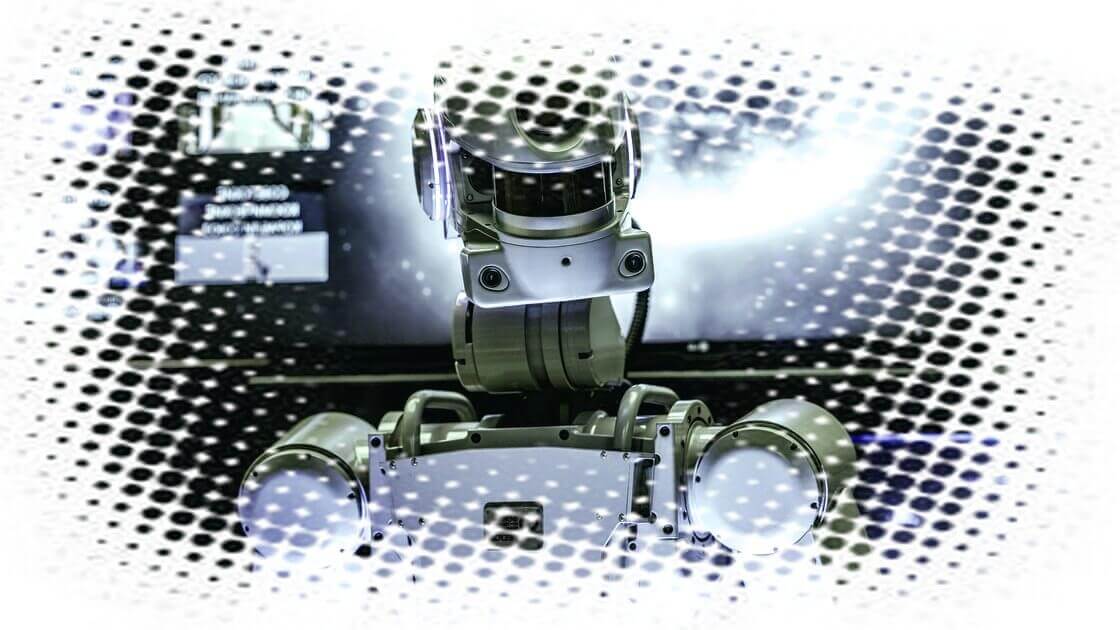With the ever-evolving fluidity of technological innovation, even the most tech-savvy of professionals find it difficult to predict what’s on the horizon. However, they do agree that AI is sure to completely revolutionize our professional and personal lives in the coming years in myriad of ways.
The much-lauded ingenuity of RPA (Robotic Process Automation) has garnered much attention. Think of the technology as intelligent bot companions that enhance and streamline professional and personal endeavours tenfold – or more!
Why pay attention to RPA? Well, we’re living in an all-encompassing digital age. Just as giant phone books with listings for every person and business in the local or regional area, VHS cassettes or carrying a Filofax to and from the office have all gone the way of the dodo, so too will the way that we interact with the technology we deem so vital today.
RPA is just one example of an innovation that is set to become increasingly ubiquitous in the future. This emerging form of clerical process automation technology uses AI to automate tasks, saving us a wealth of resources, like time and expense. Like receipt parsing OCR and to a wider extent Cloud computing, RPA has the potential to revolutionize the way we work, communicate and interact with the digital landscape – and by extension one another.
Technical Jargon and Capabilities
Now, forgive us for a moment. We’re going to throw some technical jargon your way. Don’t worry, we won’t leave you out in the lurch – understanding why RPA will shortly announce itself into the foray of essential digital evolution does require some degree of ‘tech-speak.’
So, what can RPA do? Employing computer-codes programmes designed to perform repetitive rules-based tasks using cross functional and cross application macros, RPA will be able to log into web and enterprise-based applications, copy and move files from folders, fill in forms and read and write database documentation.
Imagine just how much time you could save if you could streamline your admin time every week. RPA bots can use computers in much the same fashion than we do today. This alone opens a wealth of possibilities. Much like receipt capture, RPA can enrich our lives in a significant manner.
Why Are RPA And OCR So Intrinsically Linked?
You’d be forgiven for taking a moment and contemplating why we’re linking receipt parsing OCR technologies in the same vein as RPA. The reality is that the ‘intelligence’ aspect of RPA is a technological game-changer. Moreover, the technology will dispel any lingering doubt over the performance of receipt capture once and for all. Should businesses persist in relying on repetitive, manual and error-prone OCR to process documents then how can we say that our businesses are unequivocally fully automated.
Information extraction systems have historically struggled to provide contextual understanding of the extracted data to provide better understanding. RPA AI algorithms can recognize, decide, learn and predict to better-automate commercial processes from the information gathered.
Integrating receipt capture technology with RPA will tackle any lingering data extraction qualms detractors have routinely cited as reasons why OCR technology shouldn’t be trusted. Such an evolution would represent the surest generation of optical character recognition we’ve ever seen and may finally usher in an age of expense management like we’ve never seen before.
So, why can we confidently predict that you’ll likely start to hear more and more about Robotic Process Automation in the coming months and years? The prowess of the technology. It may well be the final piece of the puzzle to a fully autonomous expense management process. Do we expect paper receipts to disappear overnight? No. Though we are predicting that in a very short time, with RPA, they may well be few and far between, before finally being consigned to the past.


